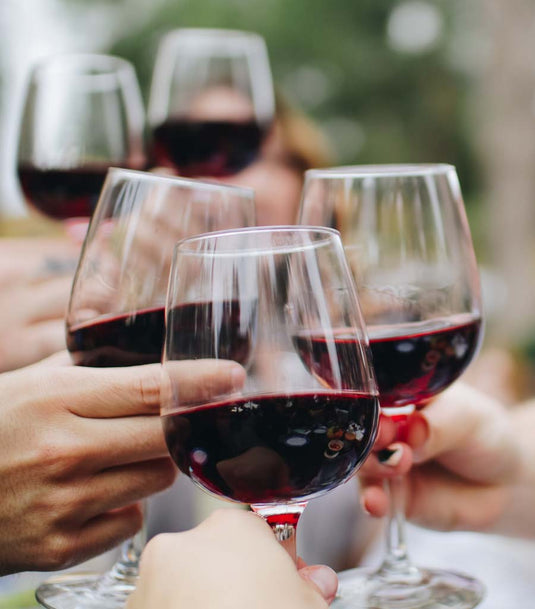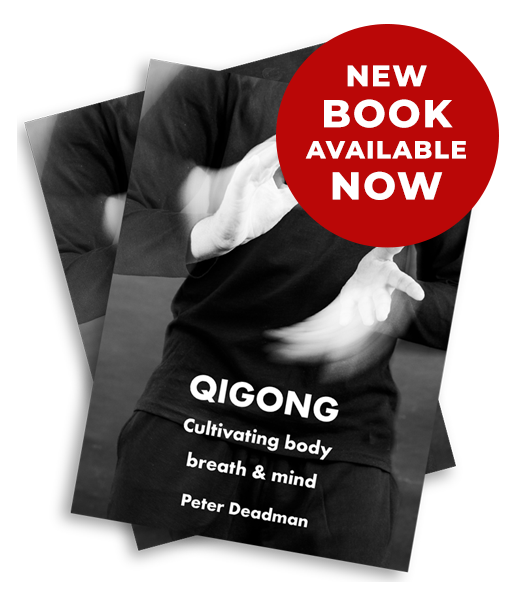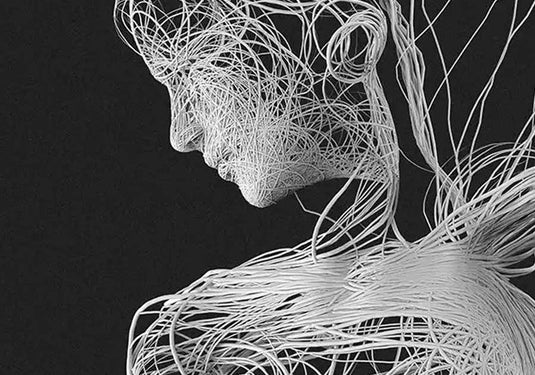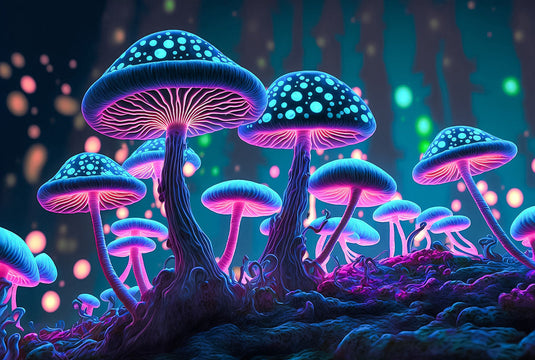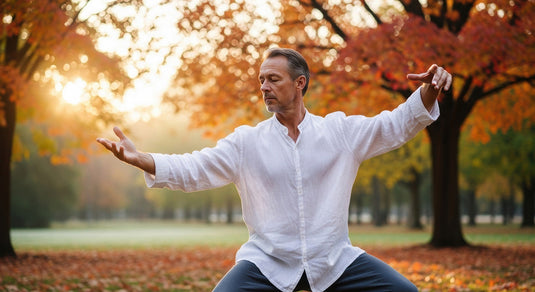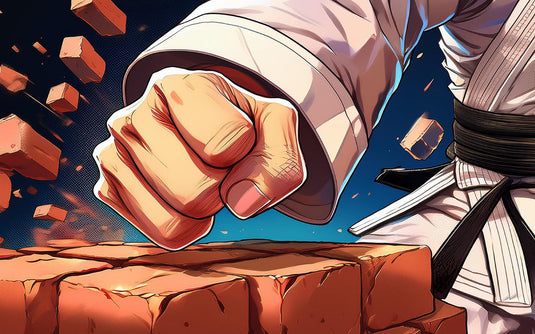Alcohol is the drug of choice in many different cultures. In both Chinese and Western medicine, it is classified as a poison. And like other poisonous substances, it can harm when used inappropriately and benefit when used wisely.
From a Chinese medicine perspective it warms and promotes free flow of qi and blood (vasodilation). When we drink, therefore, we feel warm, expansive, happy and at ease. But we also know that its warming quality can become excessively heating, it can give rise to dampness and damp-heat, and in excess it can damage and distort the mind.
It’s not surprising, therefore, that alcohol seems to have some health benefits – moderate use appearing to lower all cause mortality, but also some harms – even small amounts appear to increase the risk of cancer.
Another activity that promotes free flow of qi and blood is exercise and two recent studies have shed light on the relationship between the two.
The first, published in the British Journal of Sports Medicine, looked at alcohol consumption, exercise habits and disease risk – especially cancer. Data from over 36,000 people over the age of 40 confirmed that while those who drank regularly had an increased risk of cancer, this risk was cancelled when they also exercised regularly (at least the recommended 150 minutes a week of moderate aerobic activity plus strength training twice a week). Exercising more vigorously, however, offered only a slightly greater benefit.
The second published in the journal Health Psychology looked at exercise and drinking habits in women and found that women drank more alcohol on days they went to the gym and also that those who drank regularly (four to seven drinks a week) were more likely to exercise regularly too. The researchers theorise that the feel-good effects of both activities come from the fact they stimulate the brain in similar ways – triggering chemicals such as endorphins and dopamine. Since these are relatively short-lived effects they suggest that women want to prolong them by turning from one to the other. From the Chinese medicine point of view, of course, both are potent assisters of free flow.
